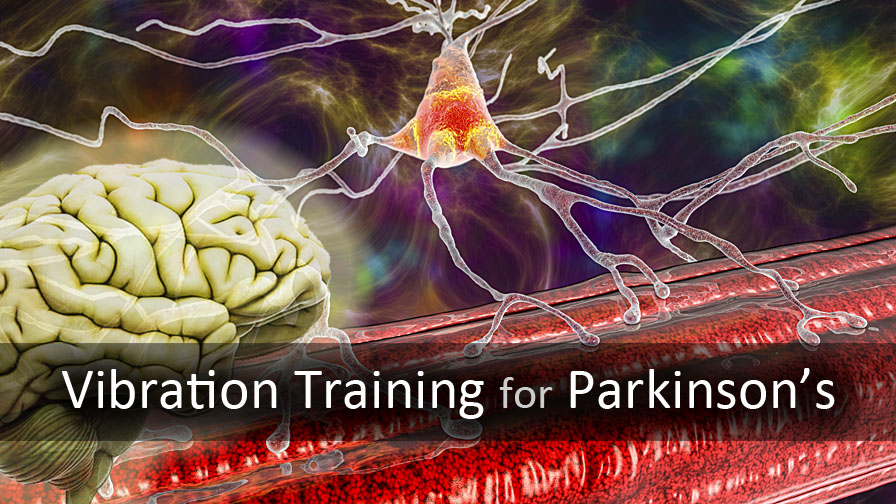
Vibration Training for Parkinson's Disease
Vibration training may be a good complementary treatment for Parkinson’s disease.
Due to our natural skeletal muscle's stretch reflex response, we can utilize vibration intervention to induce rapidly repeated skeletal muscle contractions, which effectively activate and exercise our neuromuscular system, improving its functionality and performance.
Through the enhancement of muscle strength, mobility and balance, we can alleviate some symptoms of Parkinson's disease.
With inducing rapidly repeated skeletal muscle contractions, vibration intervention can make physical therapy more effective in activating the neuromuscular functionality and improving some conditions to improve the Parkinson's disease:
[Muscle and Joint Flexibility] The rapidly repeated muscle contractions relaxations help loosen stiffness in the muscles, and decrease joint pain and increase the range of motion.
[Postural Stability] Enhanced muscle and nerve function improve postural stability.
[Balance and Gait] Using a linear vibration plate or a pivotal oscillation plate, we can effectively train our lower limb muscles / nerves and improve their balance and gait.
As a unique physical therapy, vibration training may produce certain treatment results that are not achievable from regular physical therapy or mainstream medicine.
More and more people with Parkinson's disease have started to explore using vibration plate to alleviate their conditions. Many of them believe vibration training is effective.
[Inadequate scientific research] Scientists are interested in learning if vibration induced skeletal muscle response can help improve the mobility and balance for patients with Parkinson's disease. Many small scale clinical trials were conducted to examine the benefit of vibration therapy on PD patients. The outcomes are mixed because of the different trial designs, parameters, patient criteria and measuring standards.
In fact, due to limited funding, none of the clinical trials were adequately designed. Even though, most clinical were not properly implemented. There are too many variables to examine and verify, including movement patterns, frequency, amplitude, training time and postures. Patient recruitment and retention are also major issues to implement the designed clinical trials.
Below are a selected list of literature review projects and clinical trials that represent the current research on vibration therapy for treating Parkinson's disease.
- The Effects of Whole Body Vibration on Mobility and Balance in Parkinson Disease: a Systematic Review
- 07/24/2014, Sharareh Sharififar | PubMed.gov
- Comparison of the effect of whole-body vibration therapy versus conventional therapy on functional balance of patients with Parkinson's disease
- 06/11/2021, Eduardo Guadarrama-Molina | PubMed
- Whole body vibration versus conventional physiotherapy to improve balance and gait in Parkinson's disease
- 09/01/2007, Georg Ebersbach | PubMed
- Short-term effects of vibration therapy on motor impairments in Parkinson's disease
- 05/28/2009, Lauren K King | PubMed.gov
- Analysis of the Effects of Whole-Body Vibration in Parkinson Disease
- 05/06/2019, Andrea Dincher | PubMed.gov
- Can a vibrating glove treatment relieve Parkinson's symptoms?
- 10/14/2021, Holly Alyssa MacCormick | Stanford Medicine